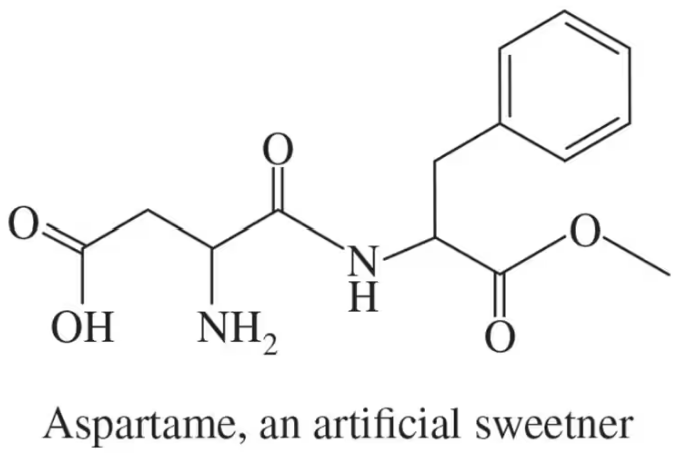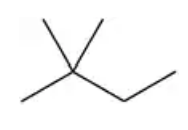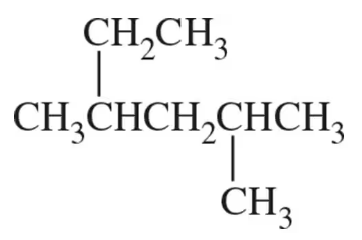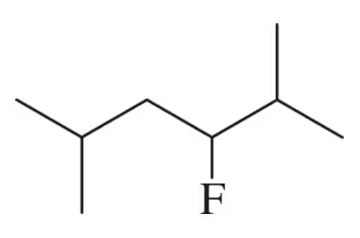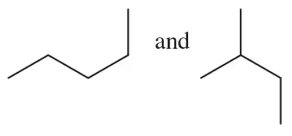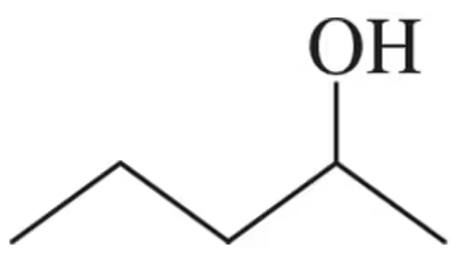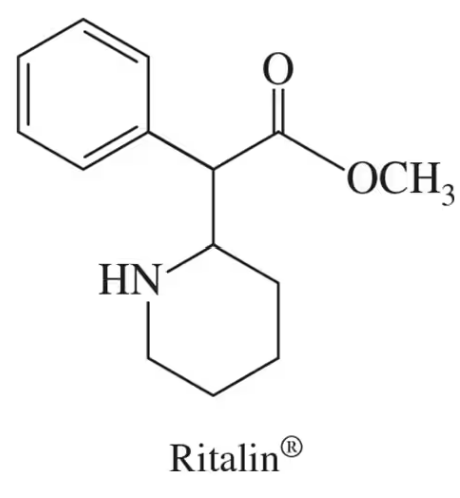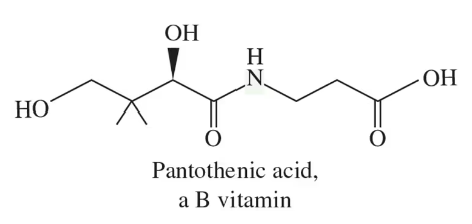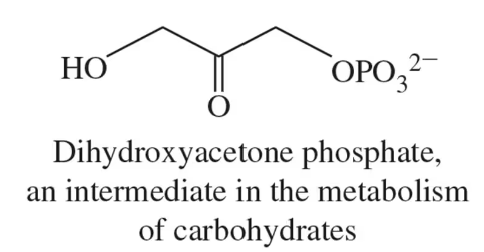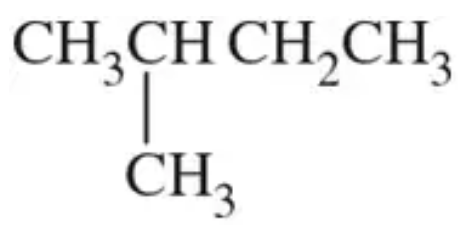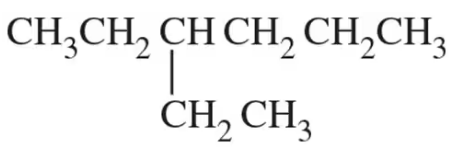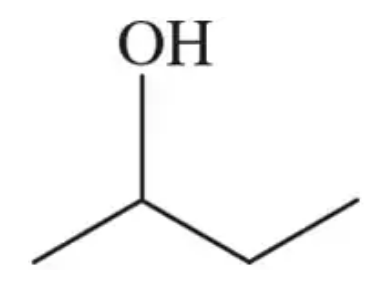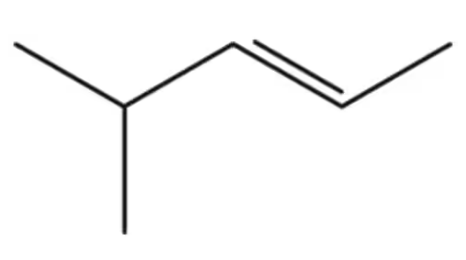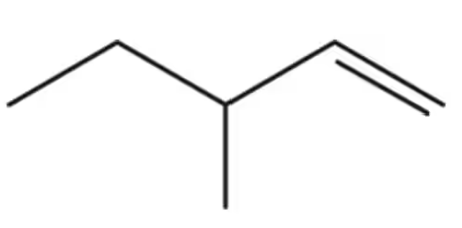 Back
BackProblem 20a
Identify all the functional groups present in the following:
(a)
Problem 21
The most prevalent fatty acid in coconut oil is lauric acid, a saturated fatty acid containing 12 carbons. Draw lauric acid in skeletal structure.
Problem 23b
Draw the condensed structural formula for each of the following alkyl groups:
(b) methyl
Problem 24c
Give the correct name for each of the following substituents:
(c) I―
Problem 25a
Draw the skeletal structure for each of the following compounds:
(a) 2,3-dimethylpentane
Problem 26a
Draw the skeletal structure for each of the following compounds:
(a) 3-ethylhexane
Problem 27a
Give the correct IUPAC name for each of the following compounds:
(a)
Problem 27c
Give the correct IUPAC name for each of the following compounds:
(c)
Problem 28b
Give the correct IUPAC name for each of the following compounds:
(b)
Problem 29
What is the difference between a conformational isomer of a compound and a structural isomer of the same compound?
Problem 31b
Determine the relationship between each of the pairs of the following compounds. Are they structural isomers (different molecules), conformational isomers (the same molecule), or not related?
(b)
Problem 32a
Determine the relationship between each of the pairs of the following compounds. Are they structural isomers (different molecules), conformational isomers (the same molecule), or not related?
(a)
Problem 32d
Determine the relationship between each of the pairs of the following compounds. Are they structural isomers (different molecules), conformational isomers (the same molecule), or not related?
(d)
Problem 33b
Determine if each of the following cycloalkanes or alkenes can exist as cis–trans stereoisomers. For those that can, draw the two isomers. Label each of the isomers you drew as the cis stereoisomer or the trans stereoisomer.
(b) CH3CH2CH2CH2CH=CH2
Problem 35a
Mark the chiral centers in the following molecules, if any, with an asterisk (*):
(a)
Problem 35d
Mark the chiral centers in the following molecules, if any, with an asterisk (*):
(d)
Problem 36b
Mark the chiral centers in the following molecules, if any, with an asterisk (*):
(b)
Problem 36d
Mark the chiral centers in the following molecules, if any, with an asterisk (*):
(d)
Problem 37c
Convert each of the Lewis structures shown into a condensed structural formula:
(c)
Problem 39a
Convert the condensed structures shown to skeletal structures.
(a)
Problem 39c
Convert the condensed structures shown to skeletal structures.
(c)
Problem 40b
Convert the condensed structures shown to skeletal structures.
(b) CH3CH2CH2CH2OH
Problem 41a
Convert the skeletal structures shown to condensed structures.
(a)
Problem 42b
Convert the skeletal structures shown to condensed structures.
(b)
Problem 43c
Lewis structures, condensed structural formulas, and skeletal structures are used to represent the structure of an organic compound. Each of the following compounds is shown in one of these representations. Convert each compound into the other two structural representations not shown.
(c)
Problem 45
Alkanes are also referred to as saturated hydrocarbons. Explain the meaning of the term hydrocarbon. Why are alkanes called saturated hydrocarbons?
Problem 47a
Give the skeletal structure and name of the straight-chain alkanes whose molecular formula is shown.
(a) C3H8
Problem 48b
Give the skeletal structure and name of the straight-chain alkanes whose molecular formula is shown.
(b) C10H22
Problem 49a
Give the structure and name of the cycloalkanes described.
(a) A compound whose molecular formula is C6H12 and contains a five-membered ring
Problem 50a
Give the structure and name of the cycloalkanes described.
(a) A compound whose molecular formula is C7H14 and contains a six-membered ring

